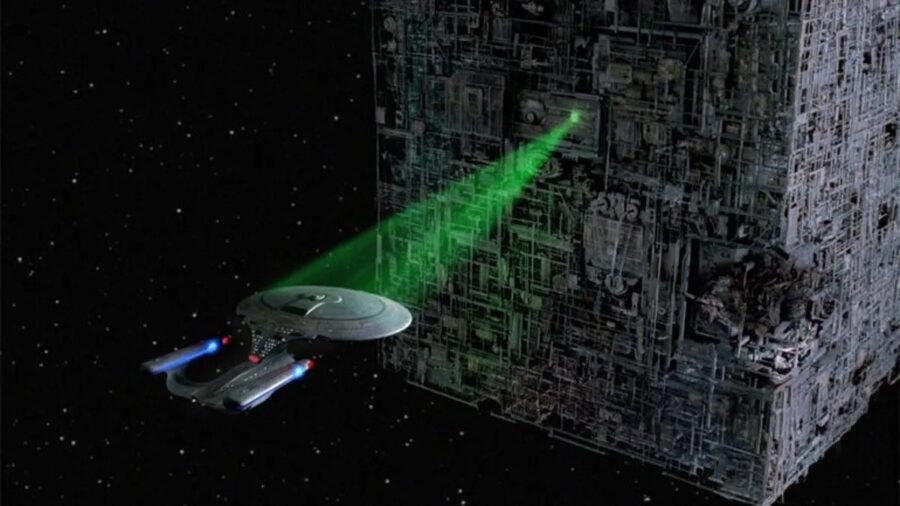The Tractor Beam Is No Longer A Sci-Fi Fantasy
Researchers have found a way to build a system for real-life tractor beams to haul objects in space.

Rebel ships better watch out because, apparently, we’re closer to making tractor beams a reality than ever. Once relegated to the realm of fantasy in Star Wars and Star Trek, Phys.org is reporting that a team of aerospace engineers led by Professor Hanspeter Schaub is working on electron beams that use attractive or repulsive electrostatic force to remove space debris from orbit. Presumably, if the team finds success in creating these beams, we could prevent Kessler Syndrome from becoming a reality.
Kessler Syndrome is a phenomenon, laid out by NASA scientist Donald Kessler, where the space debris in Earth’s orbit becomes so significant that it hinders our ability to launch satellites, spacecraft, orbital stations, and anything else into orbit. It’s a major problem that could easily become the state of our orbit if measures aren’t taken to prevent it. Using so-called “space dump trucks” with tractor beams could be one way to lessen our debris problem.
The main problem with space debris is that it’s not so easy to clear out, as objects in space move rapidly and unpredictably, so you can’t just grab it like you would grab trash out of the ocean. Tractor beams would allow us to move debris and other objects out of the way without having to touch them directly. Another example of the usefulness of these beams would be moving old satellites out of the way to make room for new satellites.

Of course, there is still a lot of work today before these tractor beams can be applied in real-world scenarios. To test the technology, the team uses a vacuum chamber called the Electrostatic Charging Laboratory for Interactions between Plasma and Spacecraft. The vacuum chamber can simulate a space environment, and the team can place simulated debris made out of metal to experiment with the electrostatic tractors.
The way that the tractor beam would work, if the technology is successful, is that a service ship would fly up to the debris or derelict satellite, blast it with electrons to give the debris a negative charge, and the servicing ship would have a positive charge. This would create an attractive force, allowing the service ship to slowly move the debris. So far, the experiments have shown that the beams could potentially pull an object weighing several tons about 200 miles in two to three months.
As for the wild and unpredictable movements of space debris, the team has been tinkering with that too. Schaub and his team have shown that zapping the debris with a rhythmic pulse can slow down the rotation, making it safe to move it with the tractor beams. However, there is still one other big obstacle to overcome.
The team also has the issue of the difference in plasma environments in different areas of space, with ion wakes potentially affecting the performance of the tractor beams. However, Schaub and his team are confident that we may not have to wait too terribly long for this technology to get up to snuff. According to Schaub, they could be ready to send out the first electrostatic tractor in as little as five to ten years with the right funding.












